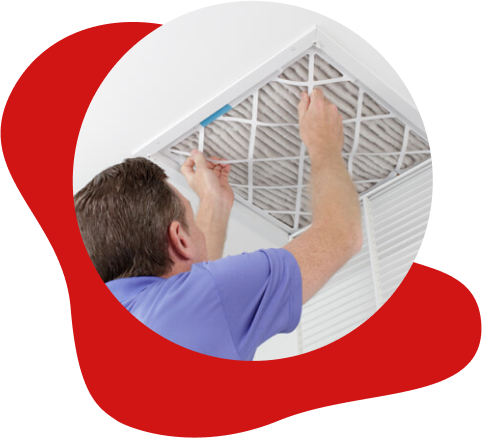On average, people spend 90 percent of their time indoors but don’t know that indoor air can be two to five times more polluted than outside air. The EPA (Environmental Protection Agency) has indoor air quality ranked as one of the top five environmental dangers to public health. It is linked to severe asthma and allergy development in children and to heart problems and lung cancer in children and adults.
Symptoms of poor indoor air quality depend on the particular contaminant and are sometimes mistaken for allergies, stress, colds, or flu. Some of these associated symptoms are coughing, sneezing, fatigue, dizziness, headaches, nose bleeds, sore throat, and upper respiratory congestion. Your air quality can also contribute to the development or the exacerbation of some more serious conditions including infections, lung diseases, asthma, and heart disease.







